In the fast-paced world of software development, where project managers and development teams strive to deliver high-quality software solutions, ensuring the quality of a product is paramount. However, this pursuit of quality comes with its own set of challenges, not the least of which is managing the costs associated with the testing process. 💰
In this comprehensive guide, we will delve into the intricacies of software testing costs in 2024, exploring budgeting techniques, key factors influencing expenses, breakdown categories, and strategies for optimization. 🚀
📌Software Testing Cost Breakdown: Explores 2024 testing costs, budgeting, factors, and optimization.
📌Factors Influencing Testing Costs: Covers project scope, complexity, methodologies, and expenses.
📌Categories of Software Testing Costs: Dives into testing budget, software, expenses, and FAQs.
📌Impact of Software Complexity: Discusses complexity's role in testing expenses.
📌Components of Testing Cost Breakdown: Outlines personnel, tool, third-party, and overhead costs.
📌Strategies for Optimizing Testing Costs: Offers automation, methodology, prioritization, and collaboration strategies.
How much does Software Testing cost and What kind of Budgeting Techniques are suitable?
The cost of software testing varies depending on factors like project scope, complexity, and testing methodologies. It includes expenses for personnel, tools, and third-party services. Manual testing may require more resources, while automation involves higher initial costs but long-term savings. 📊
Here are some additional factors that influence the cost of software testing:
- Project Scope: The size and scale of the project influence testing costs. 📏
- Complexity: Complex software requires more thorough testing, impacting costs. 🧩
- Testing Methodologies: Different testing approaches have varying cost implications. 🔄
- Personnel Expenses: Costs associated with hiring and training testing team members. 💼
- Tools and Software: Investment in testing tools and software licenses. 🛠️
- Manual Testing: Requires more human resources and time, impacting costs. ⏳
- Automation: Initial investment for automation tools but potential long-term savings. 🤖
- Project Timelines: Tight deadlines may increase testing costs. ⏰
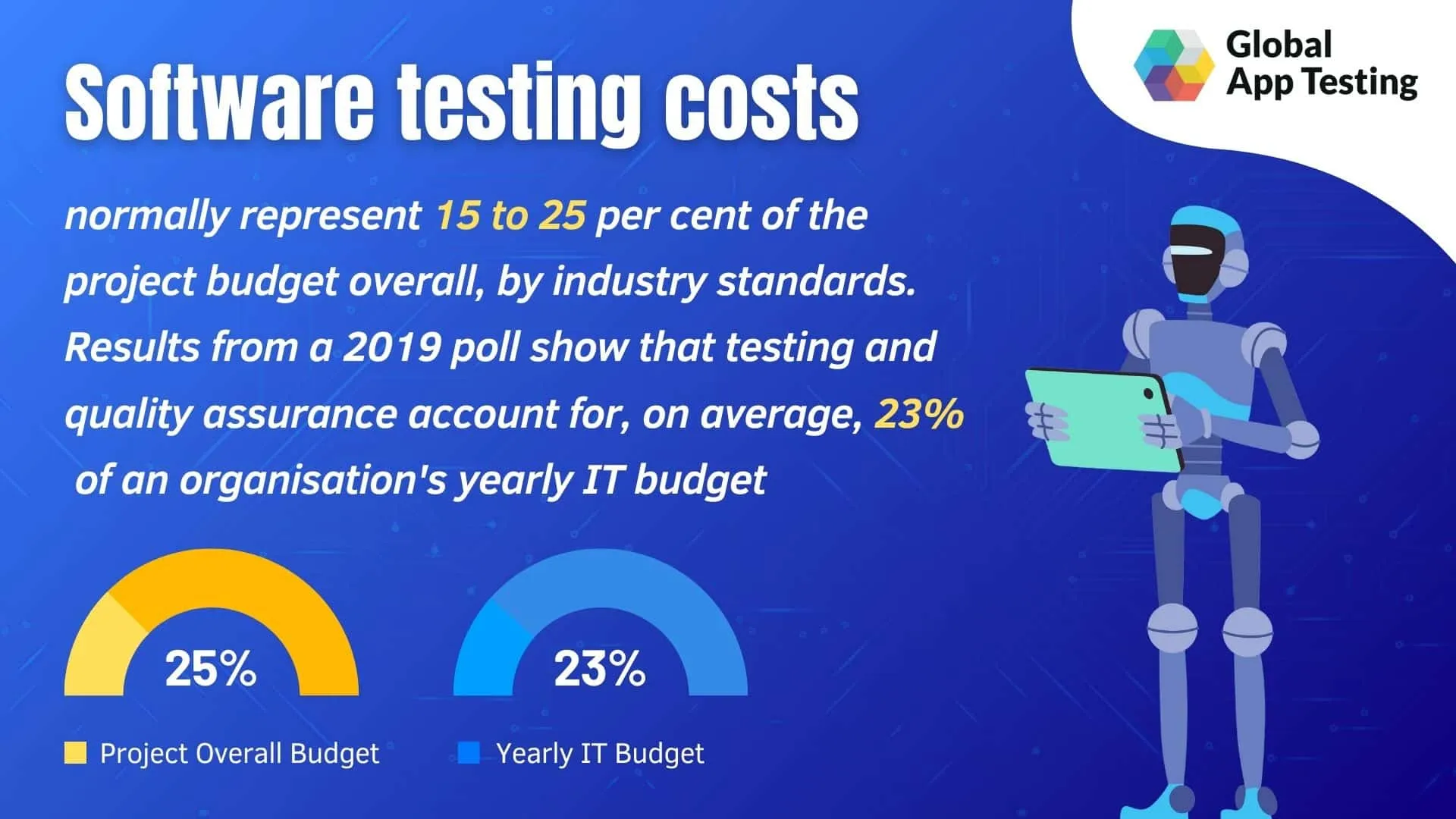
When it comes to budgeting for software testing, various techniques can help project managers and stakeholders effectively allocate resources and manage costs. 💼
Some suitable budgeting techniques include
- Top-Down Budgeting: Allocate an overall budget for testing based on estimates and historical data. 📈
- Bottom-Up Budgeting: Estimate costs for individual testing tasks and aggregate them for the total budget. 📉
- Activity-Based Budgeting: Break down testing into activities with assigned costs to allocate resources efficiently. 🔄
- Zero-Based Budgeting: Justify all testing expenses from scratch each budget cycle to identify cost-saving opportunities. 🧾
- Incremental Budgeting: Adjust the testing budget iteratively based on changing project needs and priorities. 🔄
- Risk-Based Budgeting: Allocate resources based on the impact and likelihood of risks to project success. ⚠️
These techniques help project managers effectively manage software testing costs. 🚀

What Factors Influence Software Testing Costs in 2024?
A myriad of factors contributes to the overall cost of software testing in 2024, influencing budgeting decisions and resource allocation:
🔵Project Scale and Complexity:
- The size and complexity of the software project directly impact testing expenses.📈
- For example, a large-scale enterprise software project with intricate integrations may require extensive testing efforts, leading to higher costs.
🔵Chosen Testing Methodologies:
- The testing methodologies employed, such as agile or waterfall, can affect testing costs.🔄
- For instance, agile methodologies may require more frequent testing iterations, potentially increasing overall expenses.
🔵Additional Costs for Specialized Tools:
- Investments in specialized testing tools, such as automation tools, can incur additional costs.💼
- Consider a scenario where a company invests in an advanced automation tool to streamline regression testing processes , resulting in higher upfront costs.
🔵Exploratory and Functional Testing :
- The need for exploratory testing to uncover unforeseen defects can add to testing expenses.🔍
- In a software development project, exploratory testing may reveal critical usability issues that require additional testing efforts and resources.
- Performance testing to assess system responsiveness and scalability may necessitate additional resources.⚡
- Setting up a suitable testing environment for performance testing can incur infrastructure costs. For example, load testing a web application to simulate concurrent user activity may require scalable cloud-based resources.
By evaluating each aspect and adopting cost-effective strategies, organizations can optimize their testing processes while delivering high-quality products within budgetary constraints. 🌟

Exploring Software Testing Costs Through 4 Key Categories
Software testing costs can be categorized into four primary areas, each essential for delivering a high-quality product while managing expenses and aligning with business objectives. Let's dive into these categories and unravel the complexities of software testing costs in 2024. 💻
📍Testing Budget:
The testing budget plays a critical role in the development process, influencing the types of testing employed and the overall quality of the product. Business Analysts and project managers collaborate to allocate resources effectively, balancing the need for comprehensive testing with the time to market.📊
Example: For instance, a company developing a new mobile application sets aside a specific budget for testing. By allocating resources for both manual and automated testing, they ensure a thorough evaluation of the app's functionality, usability, and security before its launch.💰
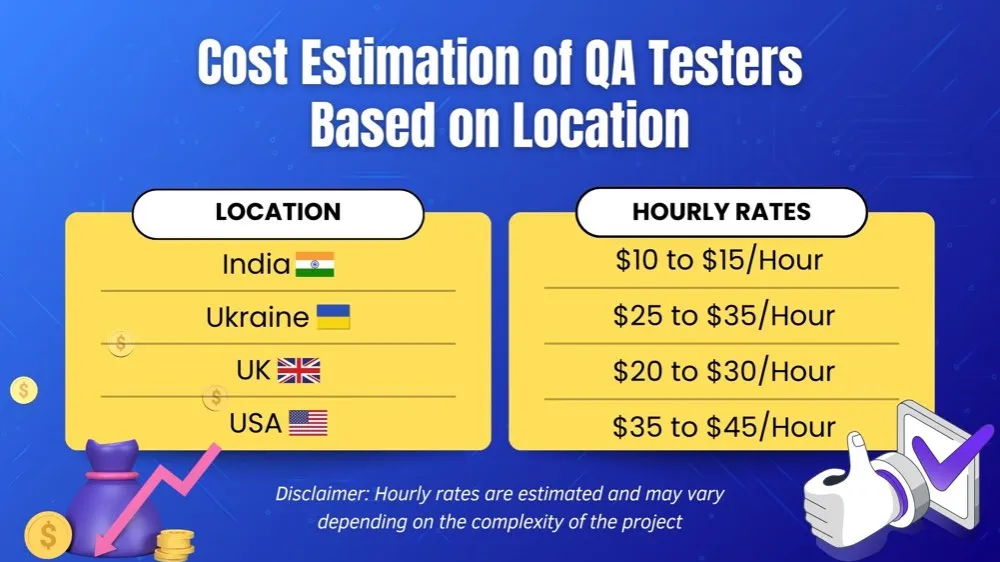
📍 Software Testing:
Within this category, various types of testing ⚙️ are conducted to validate the technical solution and meet quality standards. Development teams employ a mix of manual testing and automated testing techniques to thoroughly evaluate the software.
Example: In the development of a new e-commerce platform, the testing team utilizes functional testing to ensure that all features, such as product browsing, checkout, and payment processing, work seamlessly. 🛠️
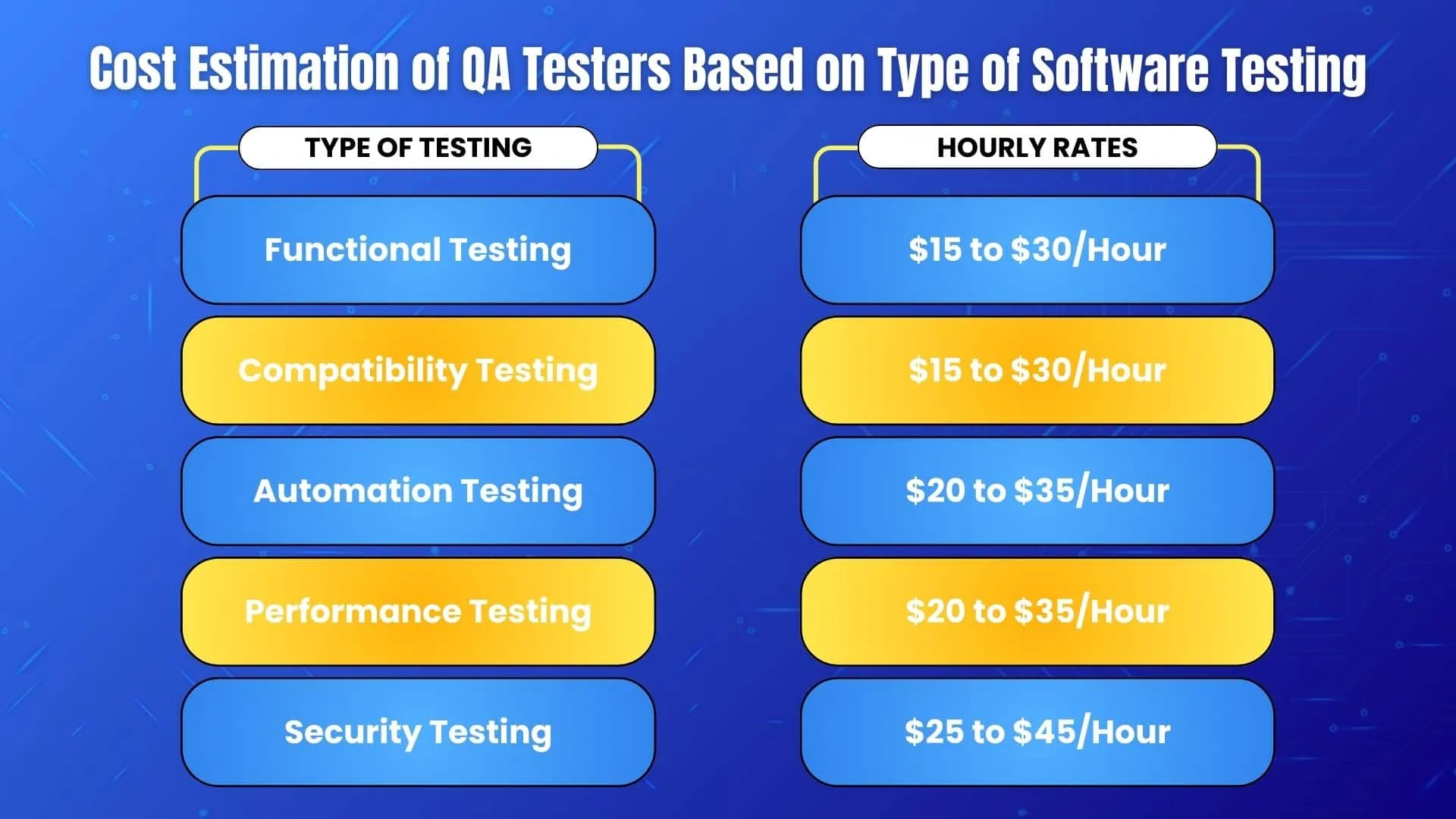
📍Testing Expenses:
Testing expenses encompass a wide range of costs associated with the testing process, including tool licensing fees, infrastructure costs, and personnel expenses.💸 Business Analysts work closely with development teams to identify cost-effective solutions without compromising on quality.
Example: Considering the type of tester required, such as Quality Assurance (QA) Engineers, Analysts, Test Engineers, Senior Quality Assurance Engineers, and Automation Test Engineers, can impact testing expenses and resource allocation. 🛠️
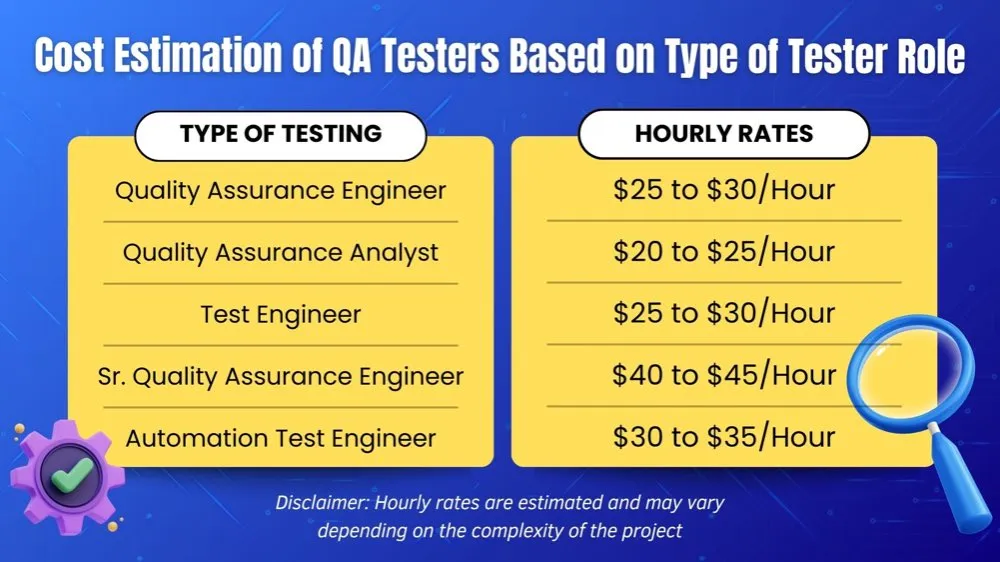
📍FAQs:
Addressing frequently asked questions (FAQs)❓ about software testing costs provides clarity and guidance to stakeholders involved in the development process. Common inquiries include the implications of different types of testing on overall costs, strategies for optimizing testing expenses, and the role of testing in achieving business objectives.
Example: A frequently asked question regarding testing costs is whether investing in automated testing is more cost-effective than manual testing. By addressing this query, organizations can explain how automated testing reduces long-term testing expenses by increasing efficiency and repeatability. 🌟
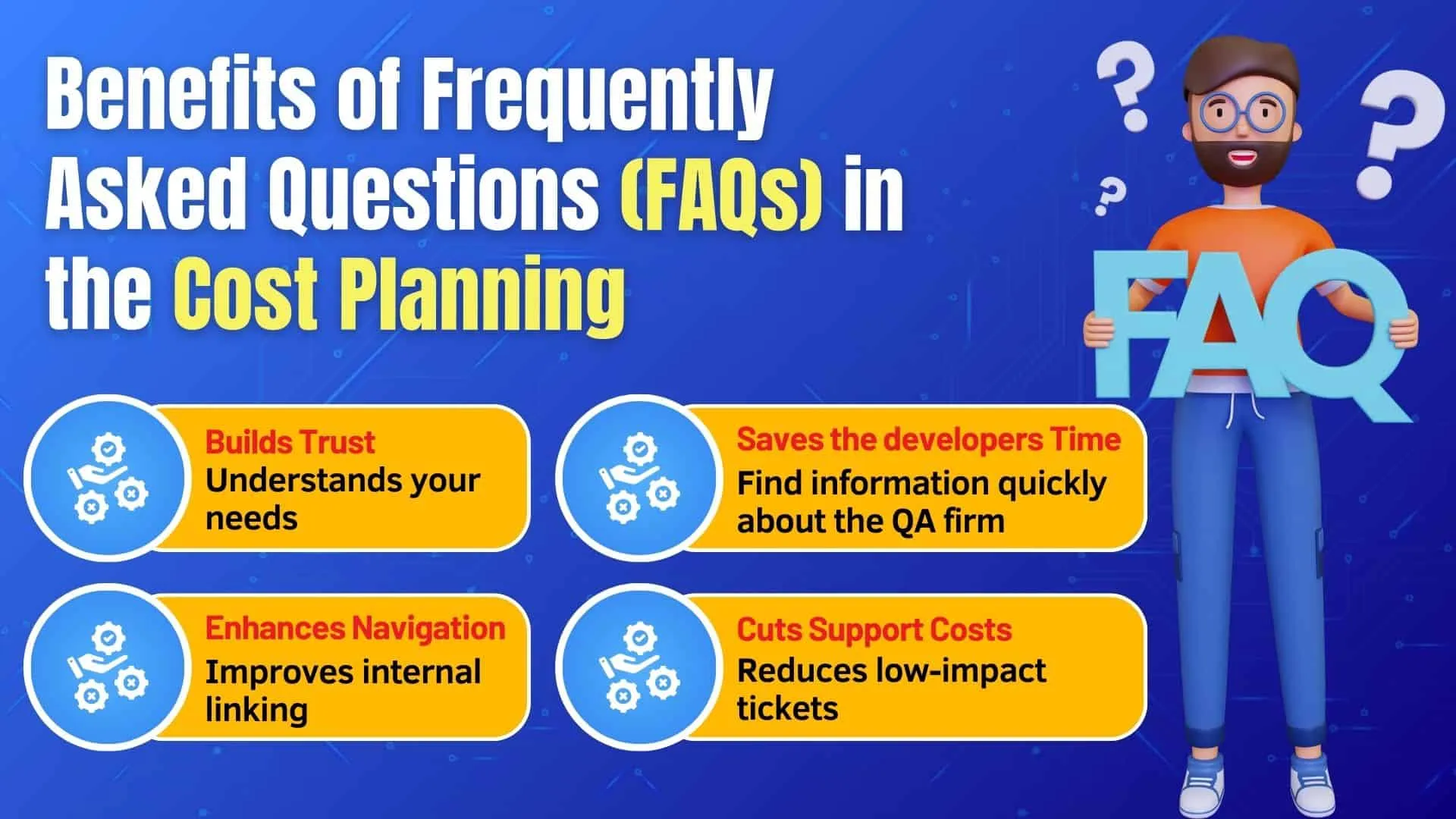
How Does the Complexity of the Software Impact Testing Expenses?
Software complexity can increase testing expenses because it can make it more difficult for a computer to create a test suite to find errors in the code. Software complexity is also a major contributor to software maintenance costs.
For example, imagine a software program with lots of different parts that all need to work together perfectly. Testing each part thoroughly takes a lot of time and money because there are so many things to check. And whenever you want to make a change or add something new to this complex software, it can be really difficult and costly because everything is so tangled up.
Basically, the more complex the software, the more time and money it takes to test and keep it running smoothly. So, it's important to try to keep things as simple as possible to save time and money in the long run.
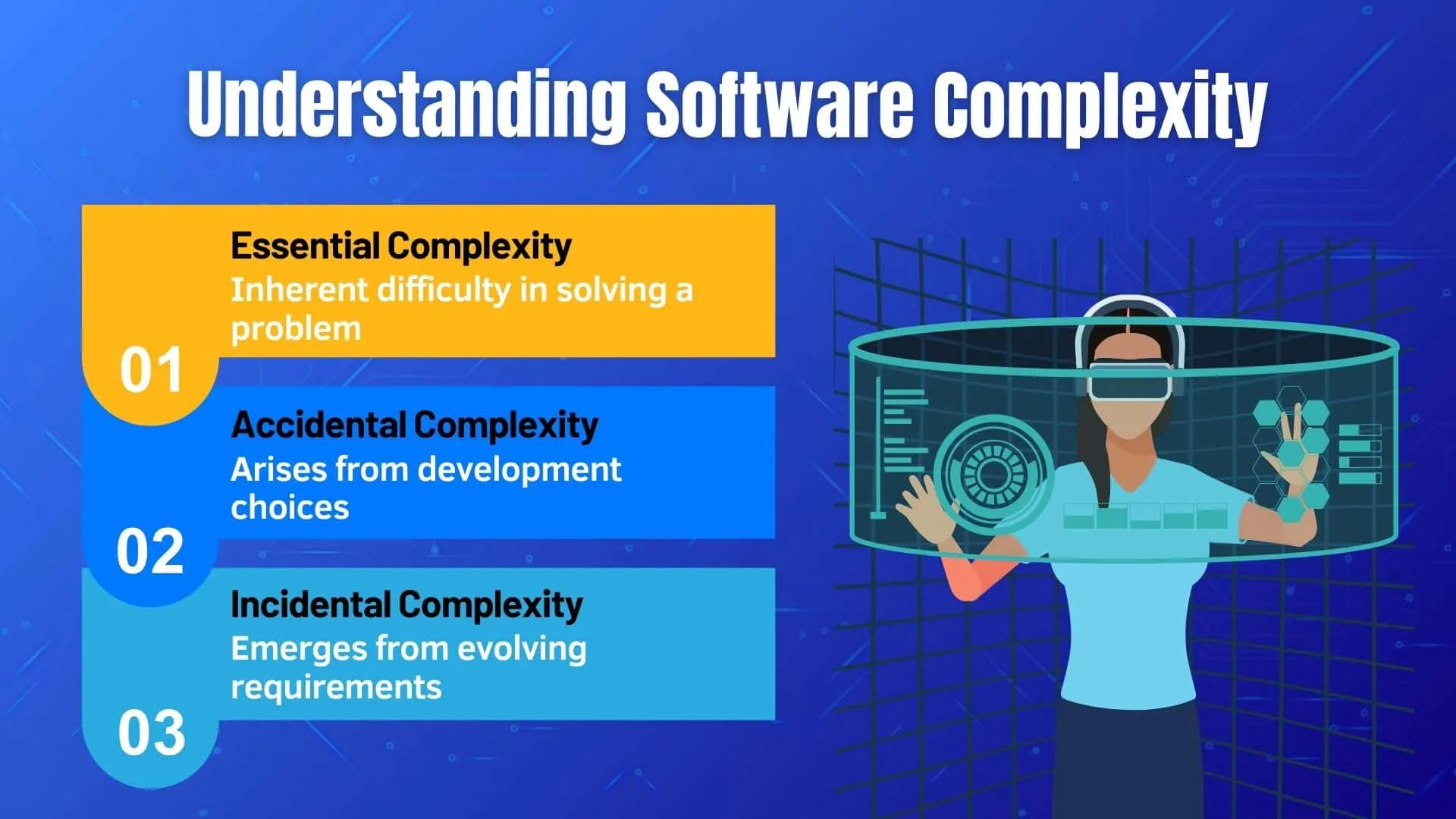
What Are the Typical Components of a Software Testing Cost Breakdown in 2024?
A detailed breakdown of software testing costs in 2024 typically comprises various components:
- Personnel Costs: Salaries for testers, QA engineers, and other human resources involved in the testing process.💼
- Tool and Infrastructure Expenses: Acquisition and maintenance costs of testing tools, hardware, and software licenses necessary for accurate testing.🛠️
- Third-Party Services: Outsourcing specialized testing tasks or acquiring additional expertise.🤝
- Overheads: Miscellaneous expenses associated with the testing environment and project teams.💡

How can we estimate the Budget for Software Testing in 2024?
Estimating the budget for software testing in 2024 requires a meticulous analysis of project requirements, testing objectives, and time frames. 📝 By breaking down the testing process into smaller tasks and estimating the time and effort required for each task, businesses can derive a realistic budget.
Factors such as response time to market demands and the wide range of testing activities involved in ensuring high software quality should also be considered. Additionally, accurate resource allocation and budget estimation are essential for successful software projects.

What strategies can Businesses employ to optimize Software Testing costs?
In the pursuit of cost optimization, businesses can adopt several strategies to streamline their software testing processes without compromising quality. 🌟 Leveraging automation processes for repetitive tasks, such as regression testing or performance testing, can significantly reduce testing efforts and expenses.
Implementing efficient testing methodologies, prioritizing critical test cases based on user experience requirements, and fostering collaboration among project teams are also effective cost-saving measures. By embracing these strategies, businesses can optimize software testing costs while delivering high-quality products within budgetary constraints. 🚀

How do different Testing Methodologies impact overall costs?
The choice of testing methodologies significantly influences overall testing costs. Here's how:
1. Traditional Approaches (Waterfall Testing):
- Sequential testing phases and manual interventions may lead to higher expenses. 💰
2. Agile and DevOps Methodologies:
- Promote iterative testing, continuous integration, and automation, resulting in cost efficiencies. 🛠️
3. Hourly Rate of Testers:
- Impacts labour costs and overall project expenses. 💰
4. Complexity of Unit Testing Requirements:
- Affects the effort and resources needed for thorough testing. 🔍
5. Ensuring High Product Quality:
- Reduces Costly Rework and Customer Support Expenses. 📊
Ensuring high product quality throughout the testing project enhances customer satisfaction and reduces the likelihood of costly software bugs. 🌟
.webp)
What are the differences in pricing between Manual and Automated Testing?
Manual and automated testing differ significantly in pricing structures and resource requirements. Here's how:
- Involves human testers executing test cases manually, which can be time-consuming and labour-intensive. 🔍
- Requires dedicated human resources throughout the testing process, potentially increasing costs. 💰
- For example, in mobile app development, manual testers meticulously validate the user experience across various devices and platforms to ensure product viability. 📱
- Utilizes scripts and tools to automate test execution, resulting in faster turnaround times and lower long-term expenses. 🔄
- Reduces the need for manual intervention and human resources, leading to cost savings in the long run. 💼
- For instance, automated testing tools can run regression tests overnight, allowing for continuous testing throughout the development cycle without additional manual effort. 🌙
However, it's essential to consider initial investment costs for automation tools and script development. While automated testing offers cost-saving benefits over time, there may be upfront expenses associated with acquiring and implementing automation solutions. 📈
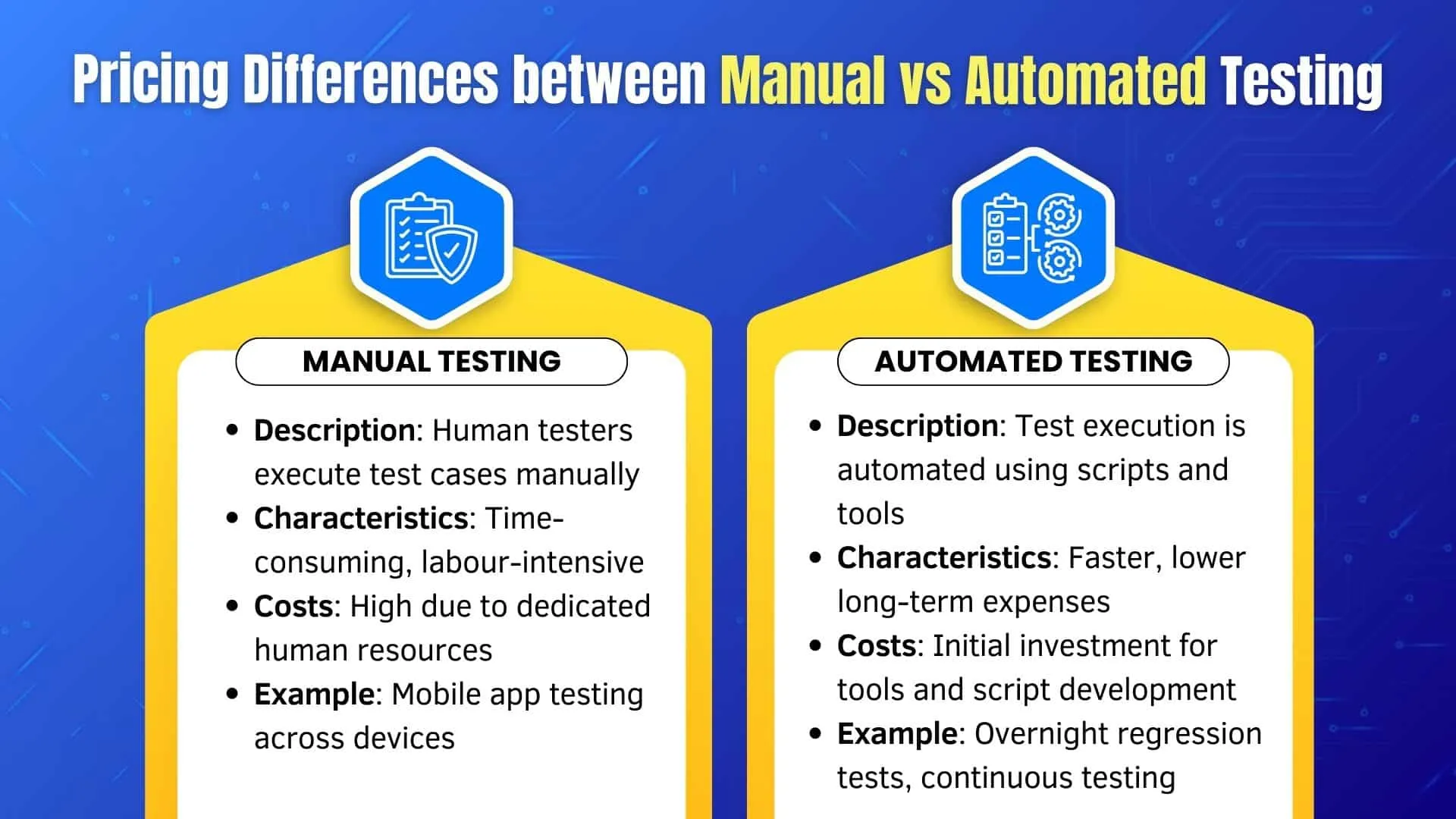
Tips for Saving Money on Software Testing in 2024
Saving money on software testing requires a strategic approach and proactive measures. By following these tips, businesses can optimize their testing processes and reduce associated costs:
- Prioritize testing efforts based on critical functionalities and business requirements to allocate resources efficiently. 🎯
- Invest in reusable test assets and automation frameworks to minimize repetitive tasks and enhance productivity. 🔄
- Leverage cloud-based testing platforms to reduce infrastructure costs and enhance scalability, especially when dealing with a wide range of features. ☁️
- Implement continuous testing practices to identify defects early in the development cycle and mitigate project cost overruns. 🚀
- Collaborate closely with stakeholders to align testing objectives with business goals and ensure customer satisfaction. 🤝

Is it possible to Outsource Software Testing at a Lower Cost?
Outsourcing software testing to offshore or nearshore vendors can be a cost-effective solution for businesses seeking specialized expertise and resource scalability. 🌐 However, selecting the right testing vendor based on cost requires careful consideration of factors such as domain experience, service offerings, pricing models, and communication channels.
Additionally, ensuring quality software delivery remains paramount, even when outsourcing testing efforts for the entire project. 🌟

In addition to the outlined factors, a thorough competitor analysis is equally important for a cost effective solution.
Wrapping Up!!
Understanding software testing costs is crucial for businesses aiming to deliver top-notch products while staying within budget. By using smart budgeting techniques, automation, and improving testing processes, companies can handle software testing expenses in 2024 and beyond.
Additionally, paying attention to factors like what the business needs, keeping customers happy, and the features the software has can help save money. With careful planning and taking action early, businesses can reduce costs and deliver high-quality software on time.🌟
People also ask
👉🏻 What are the key considerations for selecting a software testing vendor based on cost?
Key considerations include evaluating the vendor's reputation, expertise, pricing structure, flexibility, and ability to align with budget constraints. Quality of services should not be compromised for cost-effectiveness.
👉🏻 What are the implications of security testing on overall software testing costs?
While security testing may add to overall costs, neglecting it can lead to financial losses, reputation damage, and legal consequences. Investing in thorough security testing is crucial to mitigate risks.
👉🏻What role does automation play in reducing software testing expenses?
Automation streamlines repetitive tasks, increases testing efficiency, and minimizes manual intervention, thereby optimizing testing expenses while maintaining high-quality software.
👉🏻Are there different pricing models for software testing services in 2024?
Yes, pricing models include hourly rate, fixed price, subscription-based, and outcome-based, offering flexibility to businesses based on their testing needs and budget.
👉🏻What role does scalability play in choosing a cost-effective software testing solution?
Scalability is essential as it allows businesses to adapt to changing testing needs without significant additional costs. A scalable solution ensures flexibility and agility to meet project demands efficiently.



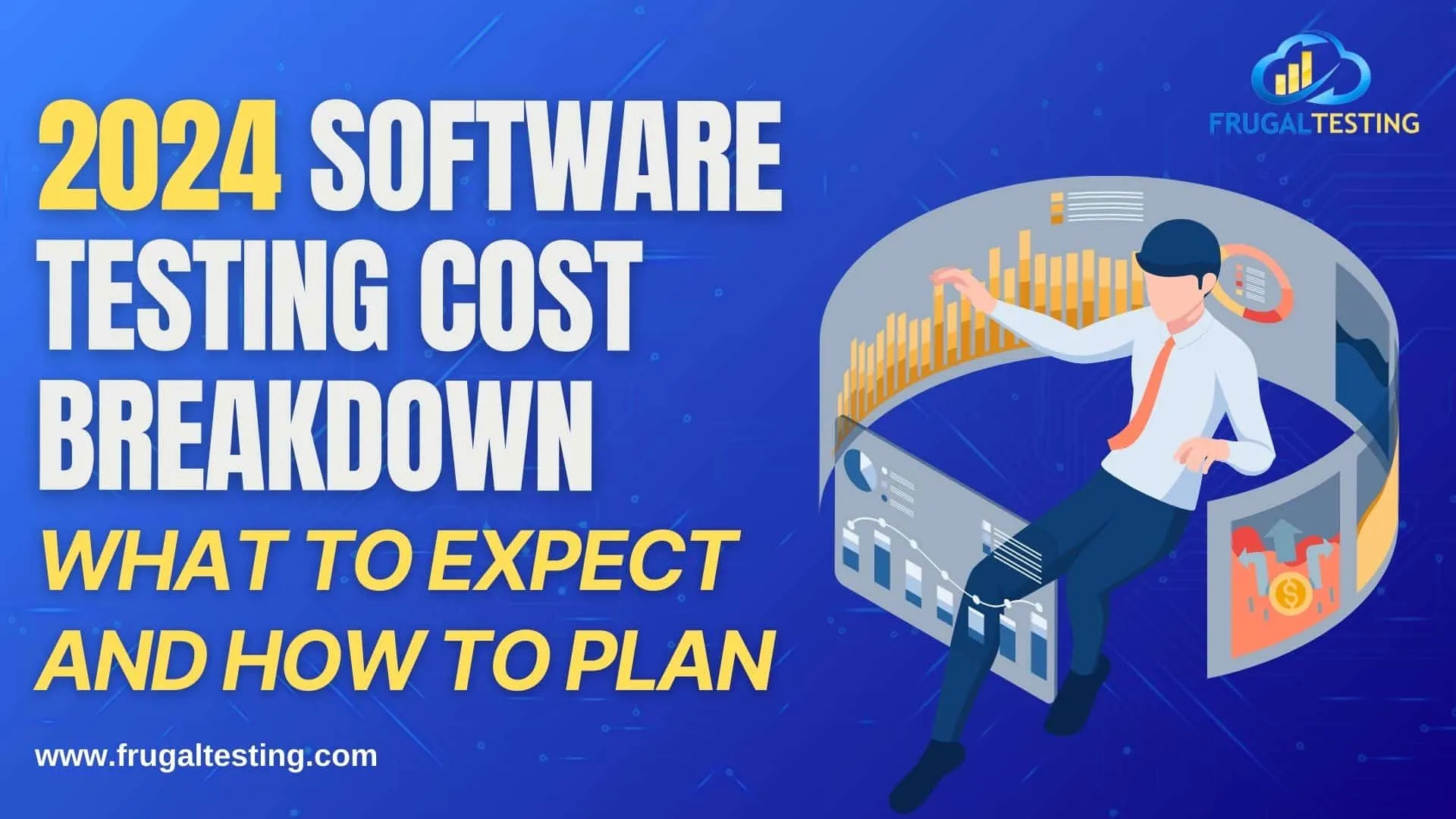

%201.webp)

